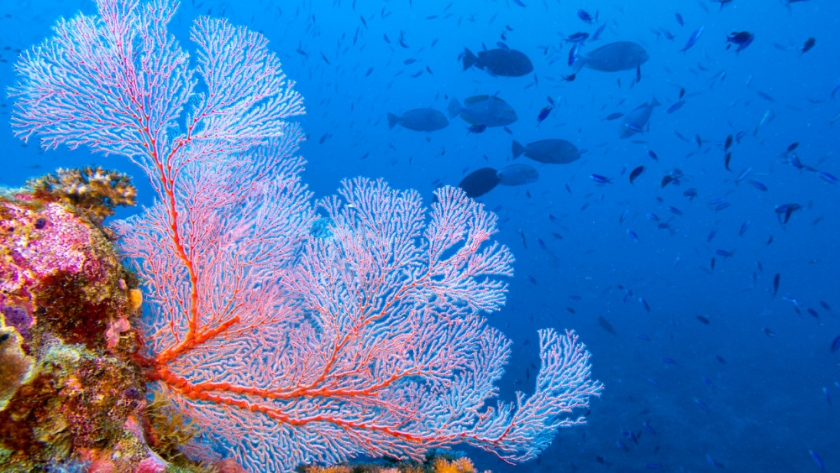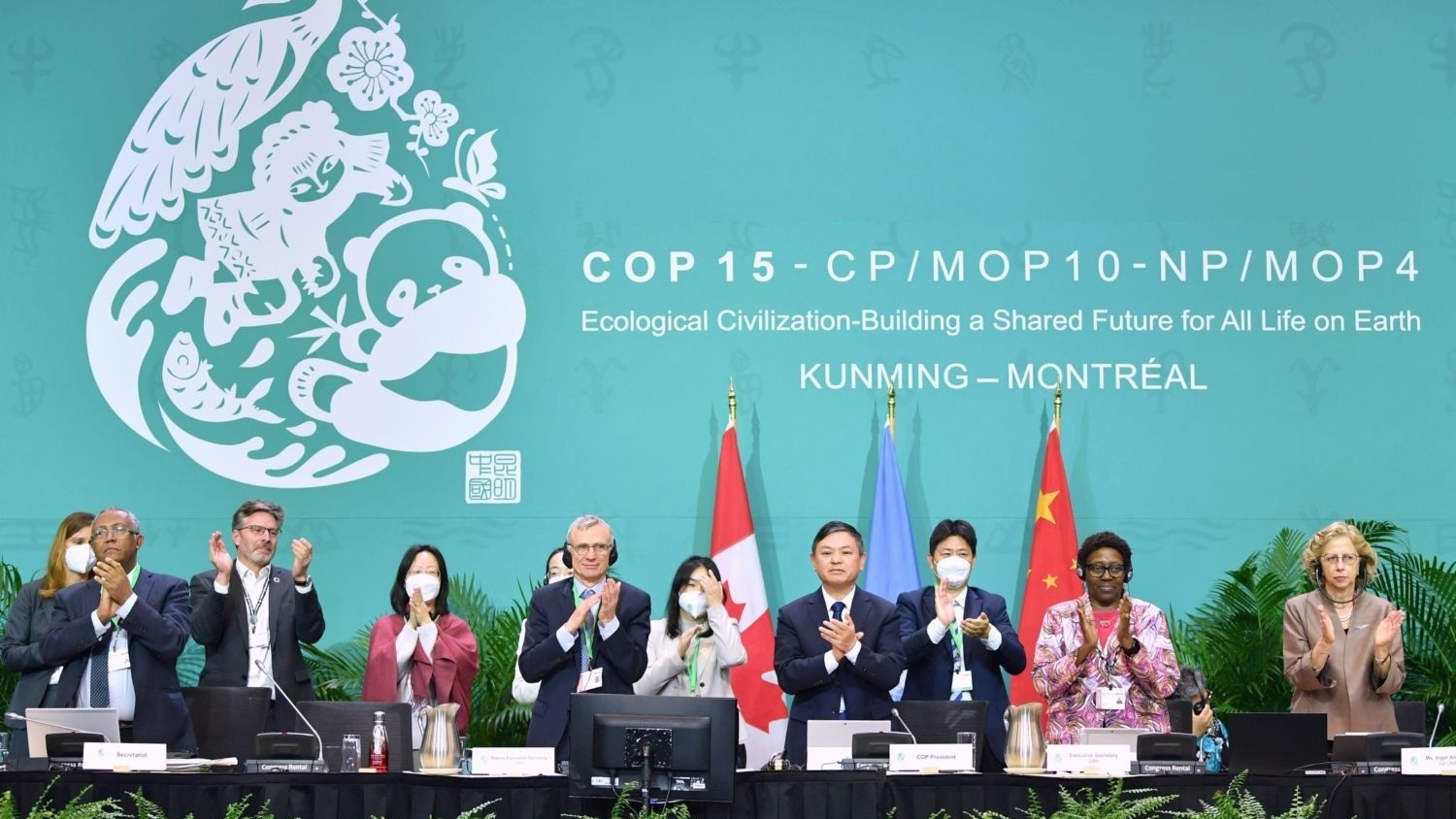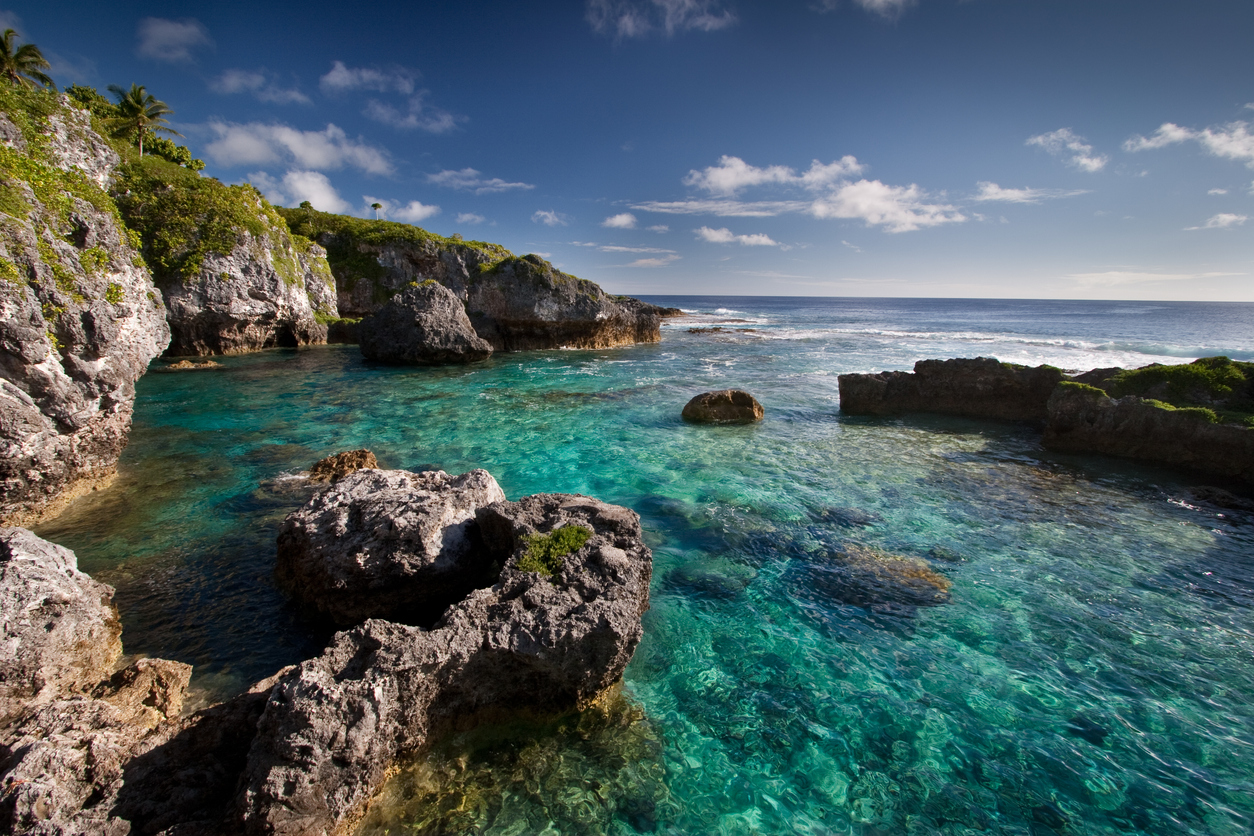
Governments around the world are falling far short on their 30×30 pledges to protect 30% of land and ocean by 2030, according to a new report launched by a group of nature NGOs and funders ahead of the COP16 UN Biodiversity Conference next week.
The consortium behind “On Track or Off Course? Assessing Progress Toward the 30×30 Target in the Ocean” assessed 90% of global marine protected areas (MPAs) only to find that a paltry 2.8% of them were “fully” or “highly” protected. The rest were either protected in name only, poorly regulated, or under no protection at all.
“If there is one thread that runs through this powerful report, it is this: protected needs to mean protected,” notes the forward, which was penned by former US Secretary of State John Kerry and Former President of Costa Rica José María Figueres.
Subsequently, countries are not on track to meet their 30×30 target set at the COP15 UN Biodiversity Conference in 2022.
The report argues that reaching 30×30 targets is imperative to halt species loss globally, and to safeguard marine biodiversity and the livelihoods that depend on that biodiversity.
While those looming consequences aren’t necessarily new information, the report offers up some sobering figures that show how far below target most countries are when it comes to marine conservation:

Just 8.3% of the world’s ocean is a designated marine protected area (MPA); most of these are only protected in name or very loosely regulated.
Along those lines, only 2.8% of global marine areas are “effectively protected.”
As of September 23 of this year, just 19 countries and the European Union had submitted national biodiversity strategies and action plans (NBSAPs) with marine biodiversity targets to the Secretariat of the Convention on Biological Diversity.
Total marine area under protection has only increased 0.5% since the adoption of the GBF in 2022.
At that rate, just 9.7% of the world’s marine areas will be protected by 2030 — far below the 30% goal set out in the GBF.
The report, produced by Metabolic Consulting, was commissioned by the Bloomberg Ocean Fund and developed in partnership with Campaign for Nature, the Marine Conservation Institute, and SkyTruth.
The GBF lays out 22 targets for 2030, which broadly include halting species loss, restoring ecosystems, conserving land and water, promoting safer harvesting and trading and implementing biodiversity in business, urban planning and other areas of day-to-day life.
“The cornerstone commitment of the GBF is the third target,” notes the report. “This target commits governments to protect and conserve at least 30% of the world’s land and ocean by 2030 (30×30) through a rights-based approach that recognizes and respects the rights and roles of Indigenous Peoples (IPs) and local communities (LCs).”

The team behind the report notes that “the global community is generally lagging in meeting the 30×30 target across two key dimensions: quantity (coverage) and quality (effectiveness) of marine protection.” It recommends five actions governments should take to bring more of their marine systems into the “effectively protected” category.
Increase the quantity of areas under conservation, both in national and international waters; establish national marine conservation targets
Improve quality of marine conservation
Support Indigenous Peoples and local communities
Unlock sufficient and durable finance
Improve reporting and data collection
The goal of protecting 30% of the world’s ocean by 2030 “is still achievable” if governments take these steps, says the report.
Island nation Niue has “an ambitious target” of protecting 100% of its exclusive economic zone by 2030. Image credit: iStock
The problem is global, as only 14 countries worldwide have designated more than 30% of their waters to be protected areas: Monaco (100%); Palau (99%); UK (68%); Kazakhstan (52%); New Zealand (49%); Australia (48%); Argentina (47%); Germany (45%); Chile (41%); Colombia (40%); Belgium (38%); France (33%); Seychelles (33%); and the Netherlands (32%).
Of these 14, a mere two, Palau and the UK, were found “likely to have effectively protected more than 30% of their waters,” notes the report.
Just four countries have “significantly increased protection” since 2022: Comoros has protected an additional 28% of its MPA, followed by Oman (16%), France (11%) and Australia (5%).
The report also calls out Niue, a small South-Pacific island nation, which has set “an ambitious target” of protecting 100% of its exclusive economic zone by 2030 and “has already made progress in designating 40% of the EEZ in highly or fully protected MPAs.”
AgFunder News
